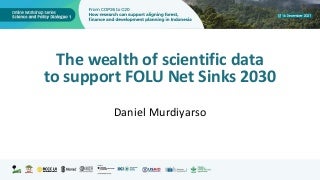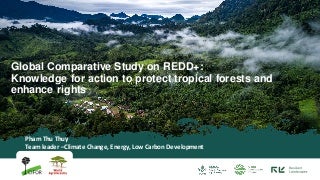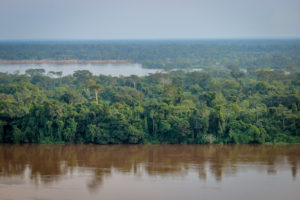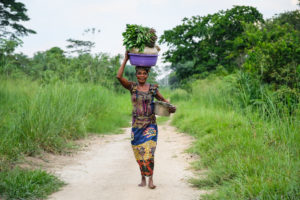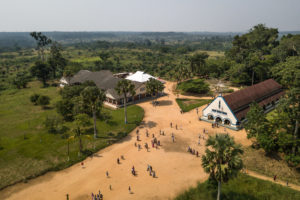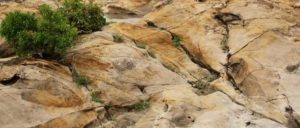Presentations from the Final Validation Online Expert Workshop (23-24 November 2021)
Full report from the workshop can be accessed here
Day 1
- James Roshetko – Innovative Technologies, Main Findings
- James Roshetko – Innovative Technologies, Recommendations
Day 2
- Yves Laumonier – Primary Forests in Asia and the Pacific: Diversity, Status, Trends and Threats
- Alexandre Meybeck – Towards a Roadmap for Primary Forest Conservation
Presentations from the Online Expert Workshop (23-25 March 2021)
Full report from the workshop can be accessed here
Introduction:
Keynote address:
Expert presentations:
- Li Diqiang, Institute of Forest Ecology, Environment and Protection, the Chinese Academy of Forestry: The diversity, extent and status of primary forests in China and their importance for biodiversity conservation.
- Ate Poortinga, Senior scientist for the Servir-Mekong Project, Thailand will give a presentation entitled: Mapping forest disturbances using Synthetic Aperture Radar (SAR) and Artificial Intelligence (AI).
- Rajan Kotru, Lead Strategist Trestle Management Advisors & Fellow of the International Centre for Integrated Mountain Development (ICIMOD): Diversity, extent and status of primary forests in India.
- Jalesi Mateboto, Land Resources Division, Pacific Community (SPC): Diversity, extent and status of primary forests in the Pacific Island countries.
Session 2. Increasing pressures on primary forests
Expert presentations:
- Nguyen Manh Hiep, Vietnam Administration of Forestry: Natural forest in Viet Nam.
- Lilik Budi Prasetyo, Professor at the Division of environmental analysis and geospatial modelling, Faculty of Forestry and Environment, IPB University, Indonesia: Disturbance of forest ecosystem in Indonesia.
- Jennica Masigan, Center for Conservation Innovations Ph Inc., the Philippines: Extent of forest cover change in West Mt. Bulanjao and Puerto Princesa Subterranean River National Park, Palawan.
Introduction to breakout group discussions:
Session 3. Priority areas for primary forest conservation
Introduction:
Expert presentations:
- Edward Game, Lead Scientist for the Asia Pacific Region in The Nature Conservancy: The Nature Conservancy.
- Kasturi Devi Kanniah, from the TropicalMap Research Group, Centre for Environmental Sustainability and Water Security, Faculty of Built Environment and Surveying, Universiti Teknologi Malaysia: Geospatial technology for identifying and mapping priority areas of primary forest for conservation in Malaysia.
- Riina Jalonen, Alliance of Bioversity International and CIAT: Conservation priorities for native Asian tree species from a multi-threat assessment.
Session 4. Primary forests: governance tools in the Asia-Pacific region
Introduction:
Keynote address:
Expert presentations:
- Vongvilay Vongkhamsao, Director of the Forestry Research Centre, National Agriculture and Forestry Research Institute (NAFRI), Ministry of Agriculture and Forestry (MAF): Policies and directions for primary forest conservation in Lao PDR.
- Ricardo Calderon, Executive Director of the Asian Forest Cooperation Organization (AFoCO): Role of AFoCO to support primary forest conservation in Asia.
- Tetra Yanuariadi, International Tropical Timber Organization (ITTO): Sustaining tropical timber trade: ITTO’s roles in preventing illegal logging and supporting primary forest conservation in Asia and the Pacific.
Conclusion of Day 2:
Keynote address:
Presentations from the Online Expert Workshop (Nov 30th, Dec 1st and Dec 3rd 2020)
Full report from the workshop can be accessed here
- James Roshetko, ICRAF/FTA, Indonesia: Introduction to Day 1
- Junqi Wu, Director of Communications, International Bamboo and Rattan Organization (INBAR), China: Harmonized system code for monitoring international trade of bamboo and rattan
- Tony Page, Tropical Forests and People Research Centre, Forest Research Institute, University of the Sunshine Coast, Queensland, Australia: Development and deployment of teak germplasm in Papua New Guinea [pdf]
- Jalaluddin Harun, former Director General of Malaysian Timber Industry Board (MTIB) and Fellow of the Academy of Sciences Malaysia (ASM): Rubberwood – Valuable source of plantation grown timber for high value-added products in Malaysia
- Bas Louman, Programme coordinator, Tropenbos International, the Netherlands: Innovative finance for forestry
- Dr Vu Tan Phuong, Deputy Director in Charge of international cooperation, Academy of Forest Sciences, Vietnam: Forest technologies application in Vietnam
- Wu Shengfu, National Forest Products Industry Association, China: Innovative practices in the woodworking industry in China
- Oliver Coroza, Center for Conservation Innovations Ph, the Philippines: Geospatial solutions to conservation
- James Roshetko, ICRAF/FTA, Indonesia: Introduction to Day 2
- Lok Mani Sapkota, RECOFTC, Nepal: Social innovations in community forestry: an application and success case from Nepal
- Andrew Lowe, University of Adelaide, Australia: Using DNA to identify illegal and conflict timber in global supply chains
- Lobzang Dorji, Director of the Department of Forest and Park Services, Ministry of Agriculture and Forests, Bhutan: Use of innovative technologies in sustainable forest management in Bhutan
- James Roshetko, ICRAF/FTA, Indonesia: Introduction to Day 3





